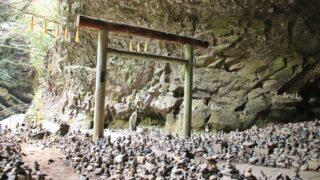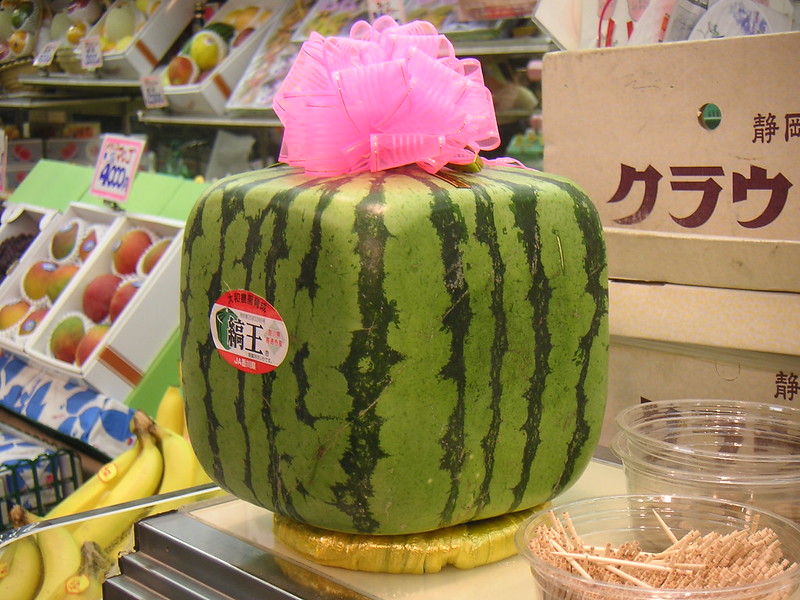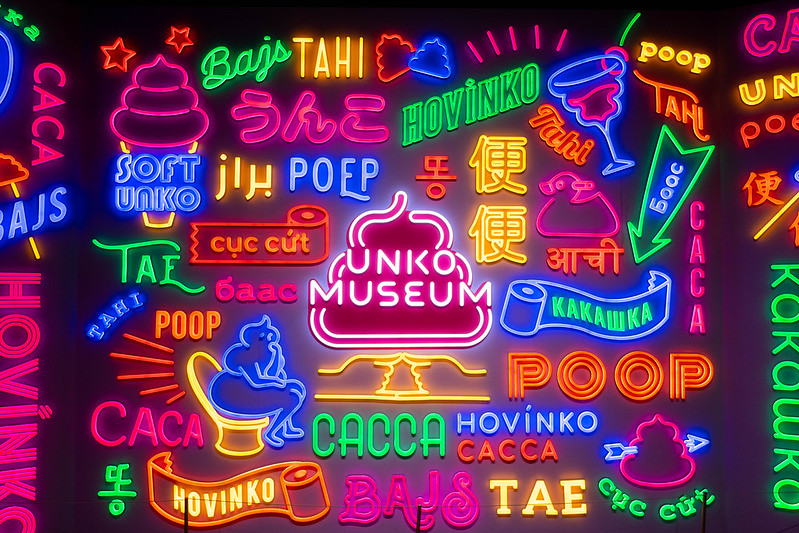
Misty Fujii is a Canadian DJ and writer who came to Japan seeking adventure and stuck around for love. Living life as a bucket list in progress, she’s as passionate about sharing her stories as she is experiencing them. She gets excited about collecting vintage vinyl records, food from all countries, traveling, and renovating her traditional Japanese house. She can be found on Instagram @djmisty
This post may contain some affiliate links. When you click through and make a purchase we may receive some commission, at no extra cost to you.
Ama means ‘woman of the sea,’ and that’s precisely what an ama diver is! Dive in to learn all about these fascinating real-life mermaids.
What Are Ama?
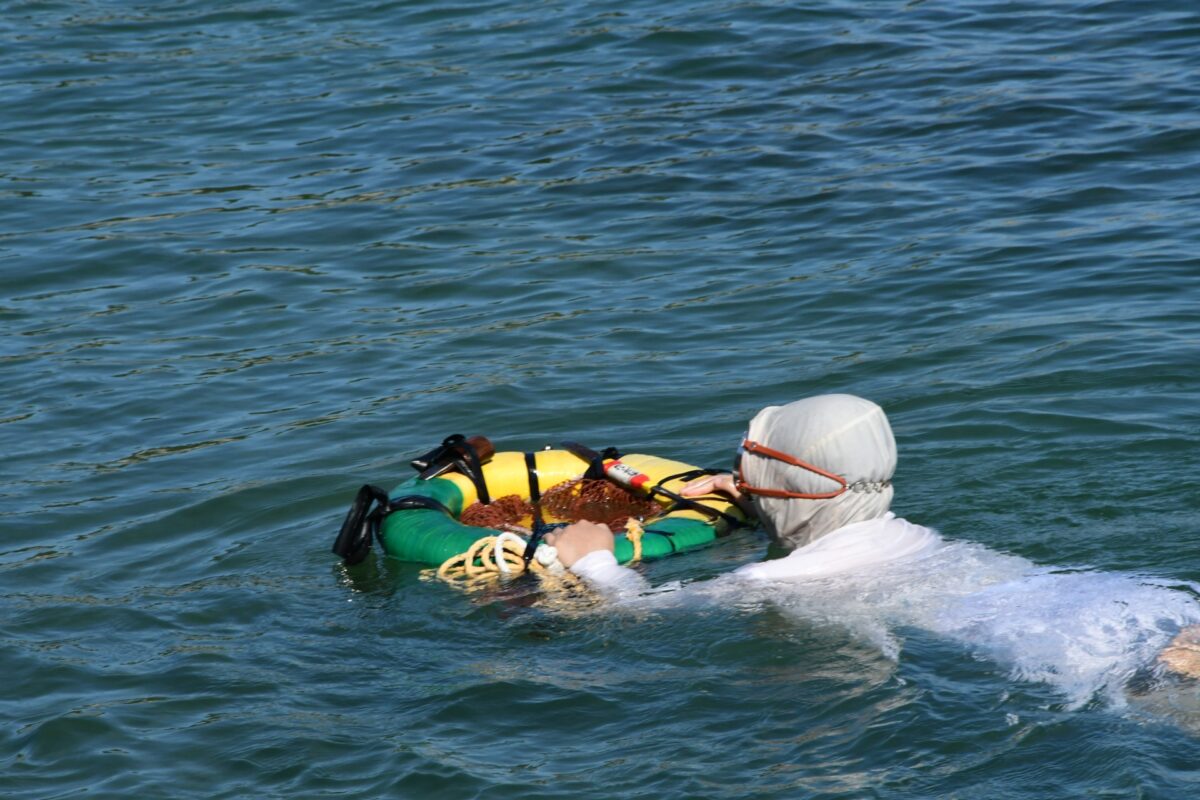
Meet Japan’s remarkable Ama divers; these aren’t your ordinary fisherwomen! They’re fearless ocean explorers who embrace the depths, free-diving to gather treasures like seashells, succulent seafood, and nutrient-rich seaweed. Their tradition even includes pearl oyster harvesting. How’s that for a day’s work? But don’t be fooled; this ancient craft is not merely about the catch; it’s a celebration of a centuries-old heritage.
Let’s turn back the clock 60 years to a time when over 15,000 Ama divers graced Japan’s shores. Today, that number has dwindled to around 1,200 brave souls. Imagine this: these incredible women plunge unaided into the ocean’s depths, resurfacing 100 to 150 times a day, all while holding their breath for up to two minutes per dive. Their underwater mission is a breathtaking display of strength and tradition as they collect pearls and food treasures from the sea’s embrace. They can be found in Okinawa, Izu Peninsula, and other parts of Japan but predominantly in Mie Prefecture.
The Ama’s Rich History
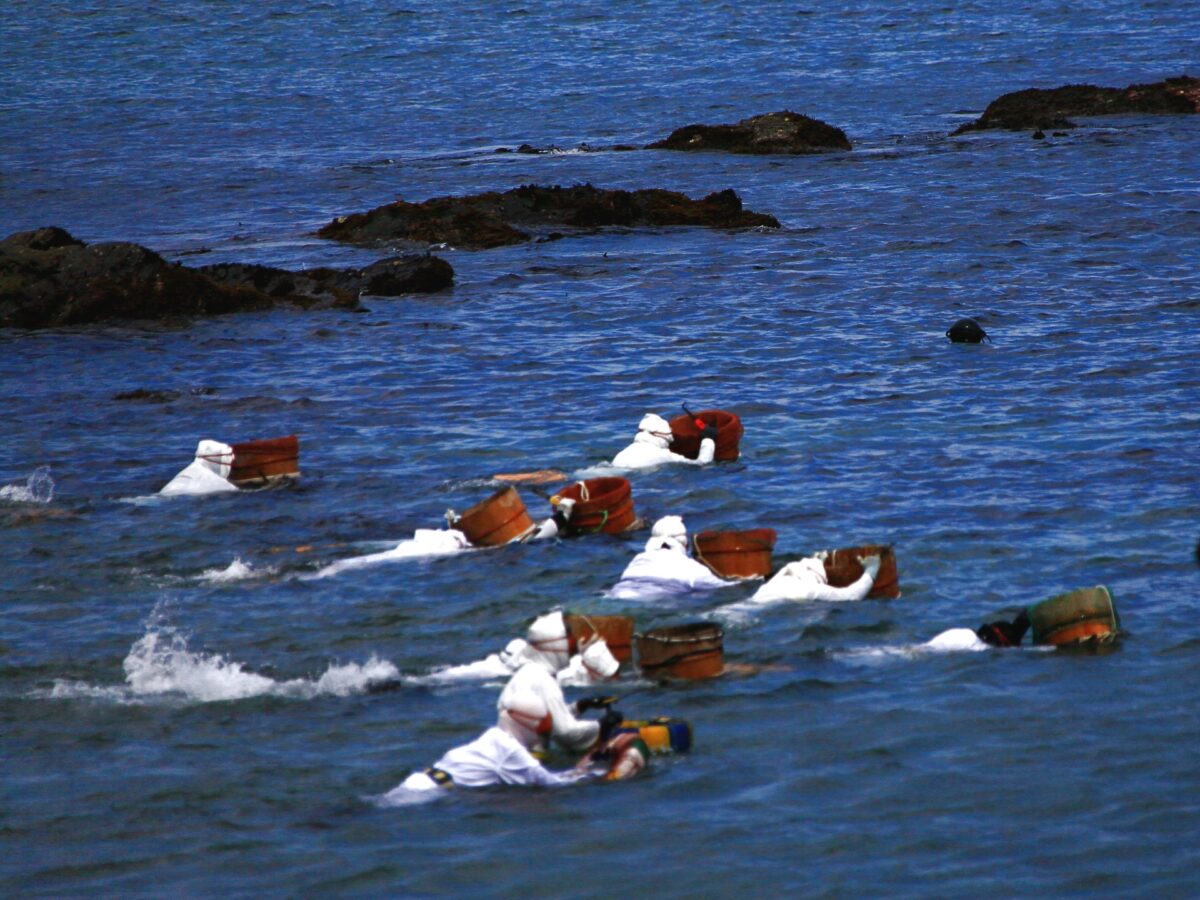
In the depths of Mie Prefecture’s Uramura, an archaeological discovery found abalone tools and shells dating back 3,000 years, a testament to the enduring presence of ama diving. These legendary women found their place in Japan’s ancient poetry, with mentions in the “Man’yoshu,” a poetic masterpiece from the 8th century, and the “Makura no Soshi,” a literary gem from the Heian period. As early as AD 745, wooden tablets from the ruins of Heijo Palace in Nara confirmed their role in providing abundant seafood to Japan’s historic capitals and sacred Ise Jingu.
Further records, as old as AD 927, unveil early Ama diving for seafood retrieving abalones for shrines and emperors. Legend weaves its enchantment too: Yamatohime-no-mikoto, an ancient royal who enshrined the sun goddess Amaterasu Omikami at Ise Jingu, ventured to Mie’s Toba area. There, she feasted on abalone offered by an Ama named Oben, cementing abalone’s place as an offering at Ise Jingu. This connection ran deep, intertwining the ama with one of Japan’s holiest sites.

Tradition met mermaid-like mystique as ama once donned only a diving mask, loincloth (fundoshi), and bandana (tenugui). In the wake of World War II, some transitioned to white cloth outfits or rubber wetsuits, styles that persist today. Cloaked in white for purity and, perhaps, shark protection, ama became icons of the sea. While pearl-diving ama were scarce before the Meiji period, their recent history harmonized with Mie Prefecture’s treasured pearls. In 1893, Mikimoto Kokichi pioneered cultured pearls in Toba City. He drew on the ama’s expertise to elevate his pearl empire to international acclaim.
How Do They Dive?
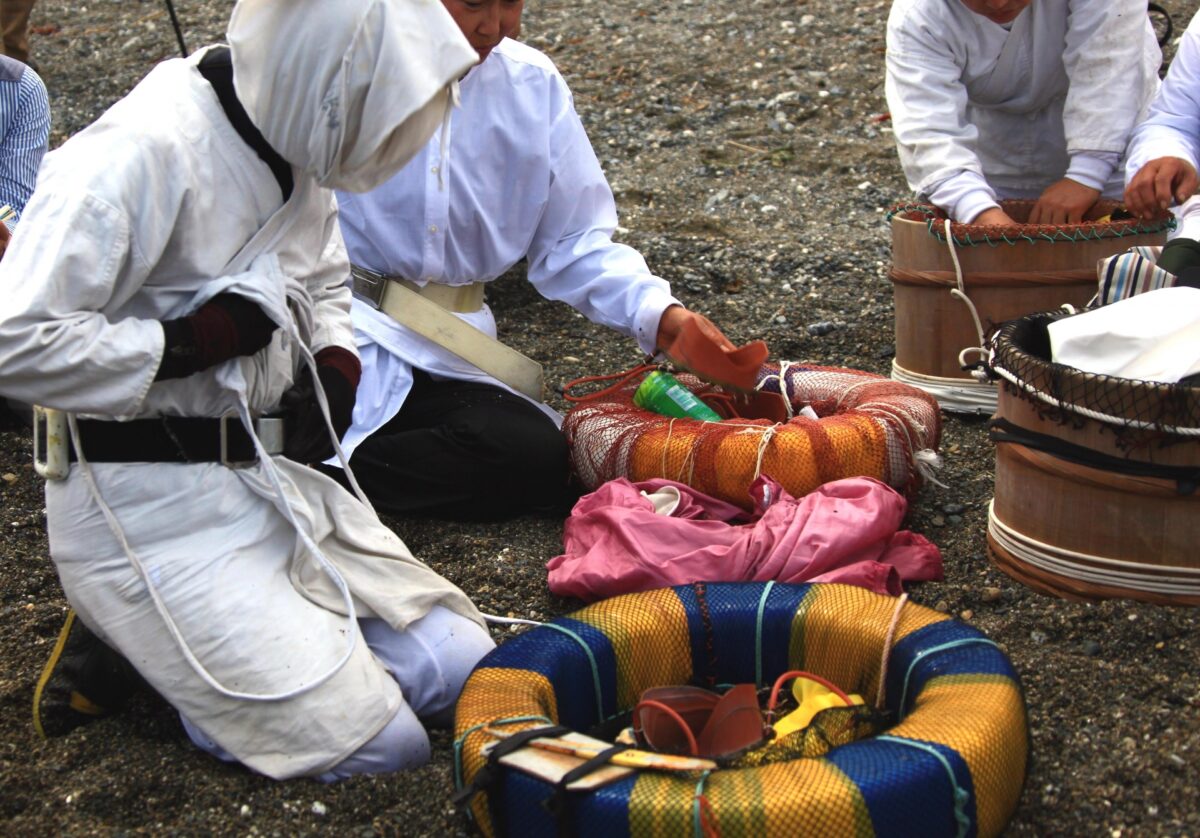
Ama diving is no ordinary fishing; it’s an age-old tradition passed down through generations. Ama divers embody sustainable fishing, skin-diving, and catching by hand, ensuring they never overfish. How deep can they go? Beginners hover around 4-5 meters, while the seasoned pros plunge to 10 meters and beyond. Some daredevils even reach a staggering 20 meters! And get this: they keep doing it daily, even past the age of 80!
Before they dive, they don wetsuits, goggles, and fins. They often wear traditional white outfits, sometimes adorned with symbols like stars. Now, here’s the kicker: no oxygen tanks in sight. They keep it simple with a buoy, a net for their finds, and a long hook to collect mollusks or attach seashells.
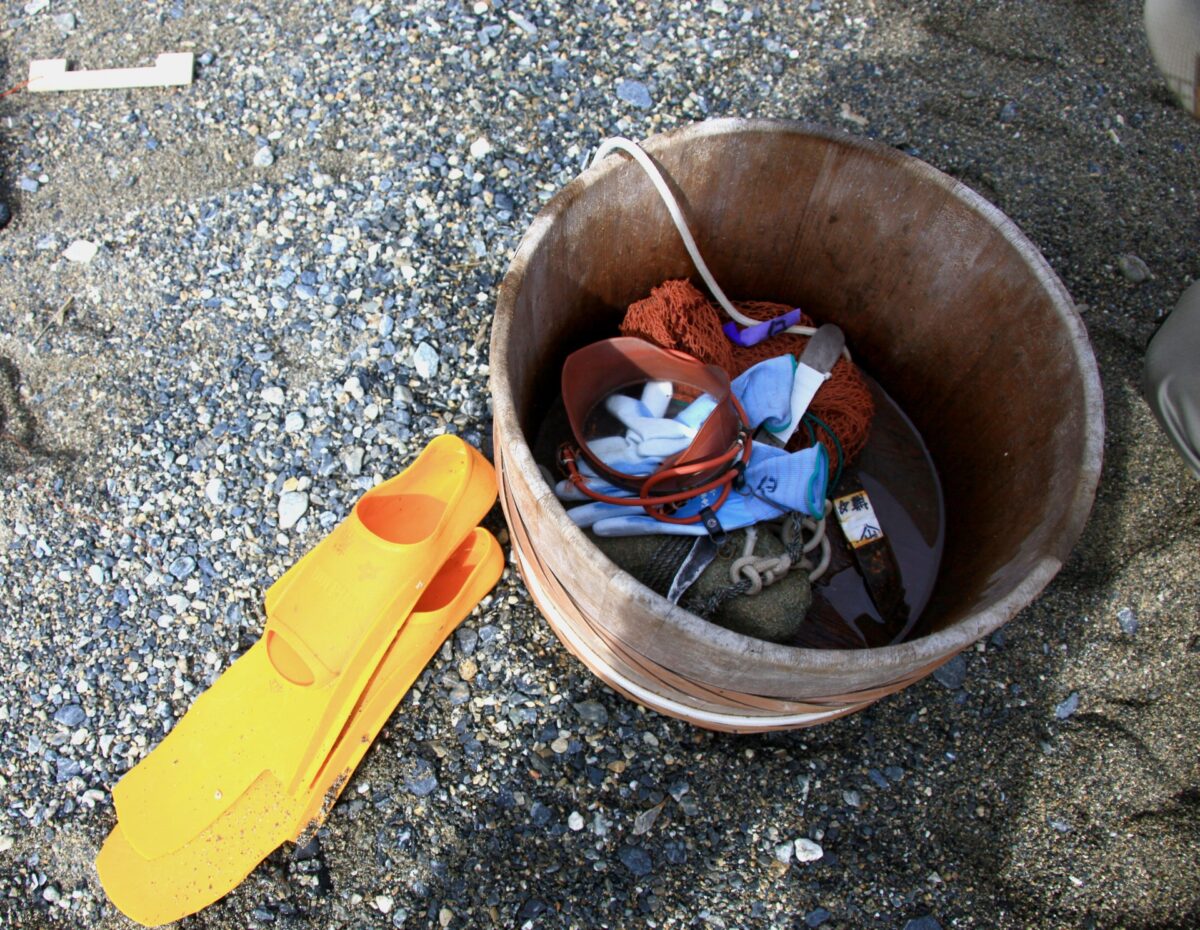
Life underwater is a rush! They spend about two breathless minutes below, relying on their lung power. When they resurface, it’s not in silence; they exhale with a whimsical whistling noise called isobue, a “sea whistle” that keeps their breathing in check. Their catch goes into a floating net or basket before their next dive. Depending on the diver, this routine repeats for 2 to 4 hours daily.
What Do They Dive For
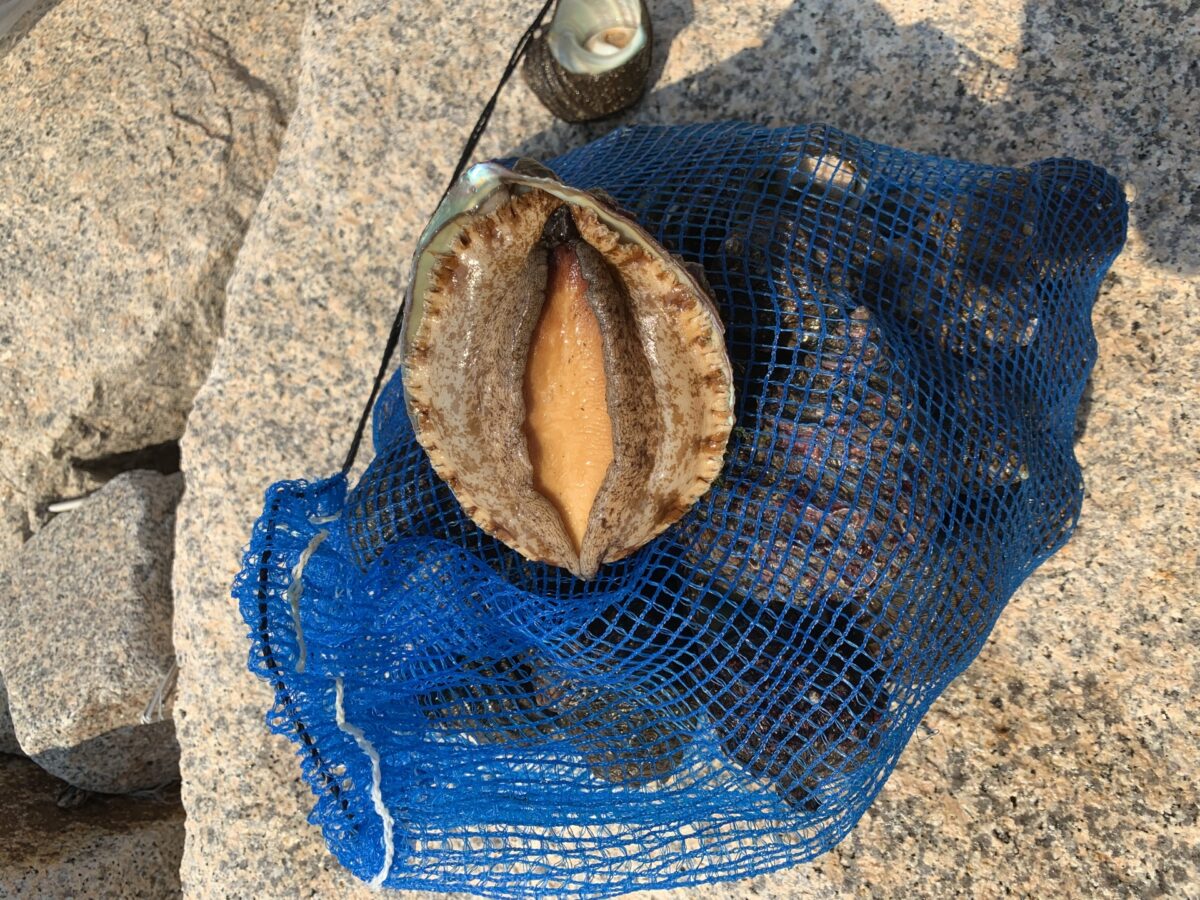
Ama divers aren’t just after pearls; they’re the custodians of the coastal world. Their catch? An array of marine wonders: abalones, turbo sea snails, urchins, lobsters, sea cucumbers, and the ever-so-delicious wakame seaweed. It’s a gastronomic adventure brought to you by these incredible divers.
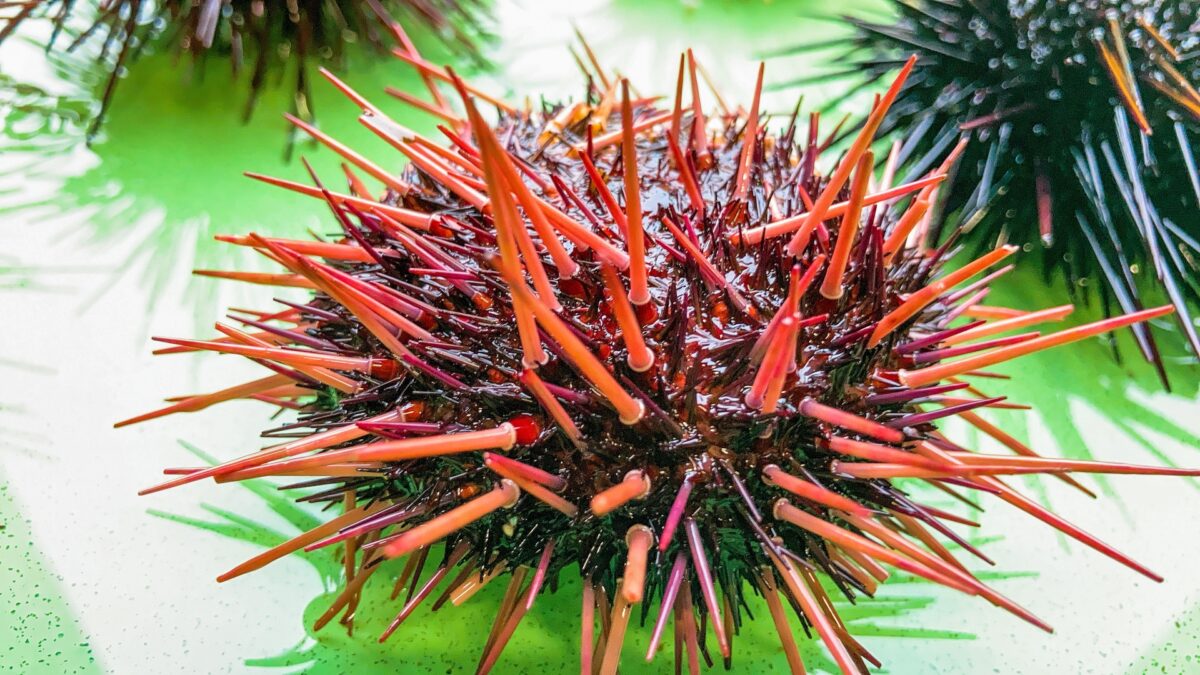
But their mission goes beyond tradition and taste; it’s an ecological endeavor. The ama tradition is a cultural treasure, and an environmental initiative rolled into one. With a keen eye on the seabed, they can predict oceanic perils, and give warnings about the impacts of global warming and pollution. The changing colors of algae, shifts in water temperature, and the appearance of shellfish were all recorded and analyzed. These guardians are more than mermaids; they’re our oceanic fortune tellers, guiding us toward a more sustainable future.
Ama Diving Today
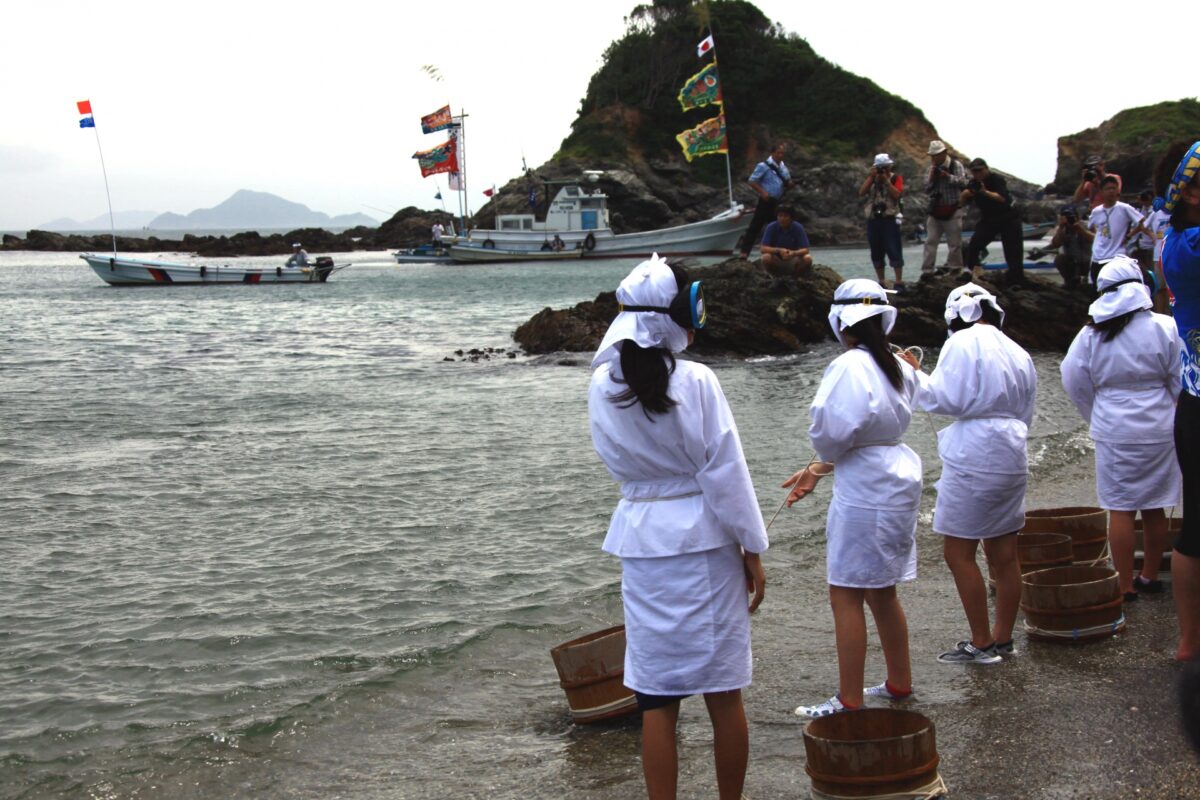
Today, the ama divers are spirited, with an average age north of 65. But their numbers are dwindling fast. In the 1940s, you’d find 6,000 of them along Japan’s coastlines. Nowadays, it’s more like 1,200. Their ancient tradition is teetering on the edge, a tale that will only be found in history books one day.
It’s not the most appealing job these days; it’s rural, sometimes difficult, and low on the wish list of younger recruits. To add to their difficulties, climate change has turned up the heat in the oceans, shrinking underwater life.
But fret not, for these indomitable women have found a lifeline in tourism. In Mie, they’ve embraced visitors, sharing their culture and offering unique experiences. It’s their way of ensuring their legacy lives on. Within the sisterhood of ama divers, respect and tradition are the currents that keep them anchored.
Where To See Ama Divers
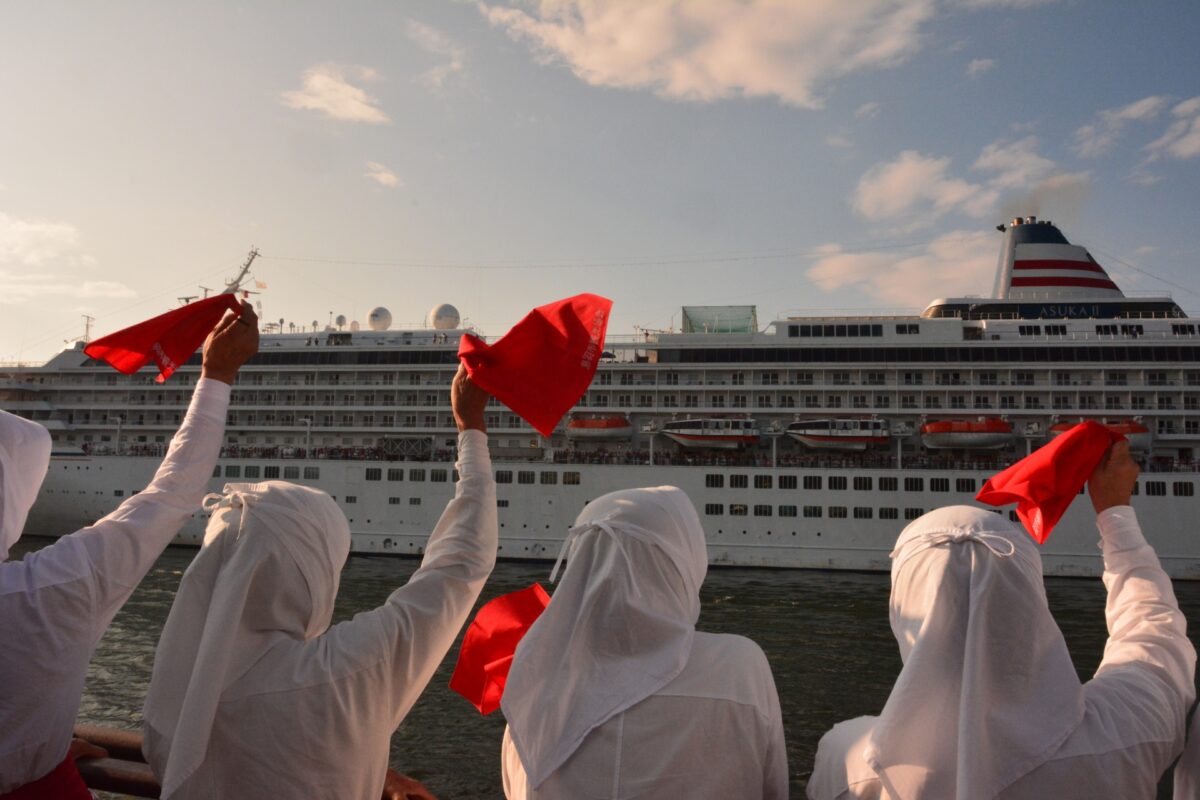
If you’re itching to uncover the secrets of Japan’s Ama divers, Mie Prefecture is where the adventure begins. Toba, in particular, is a treasure trove of ama’s experiences.
Museum Marvels
Start your journey at the Osatsu Ama Museum, a cozy nook dedicated to Ama heritage. For a deeper dive, the Toba Sea-Folk Museum is an ocean of knowledge. Discover marine conservation, ancient fishing tricks, sea festivals, and, of course, the legendary Ama divers.
Book a Tour
Fancy some hands-on learning? Get up close with ama divers to hear their stories passed down through generations. Or if you’re really adventurous, take the chance to swim with them and try ama diving yourself. You can book one here!
Coffee with Ama
Head to the Ama House “Gozaya” for a unique coffee shop experience. They serve delightful Ama souvenirs and natural products, a perfect place to sip a cup of joe with a twist.
Dine Like a Local
For a taste of seafood straight from the ama’s hands, book a table at the Ama Hut “Hachiman Kamado.” These huts are where the divers gear up and unwind. Four huts in Mie accept reservations for an authentic culinary adventure.
Pearls and Performances
On Mikimoto Pearl Island, the pearl museum is the star, but the real gems are the Ama divers. Witness their skills at the ama viewing platform, where they perform in the water several times daily.
Go Off the Beaten Path
To spot ama in action outside of tourist attractions, venture to Ama (Nishimachi) in Amashioyamachi on Awaji Island. Keep an eye out for divers here dressed in black wetsuits, armed with fishing gear and buoys.
Festival Fun
Plan your visit during the annual Minamiboso Shirahama Ama-Matsuri in Chiba Prefecture. This lively festival celebrates the resilient sea women, or “Ama,” of Minamiboso Shirahama. Don’t miss the breathtaking “Sea Women’s Great Night Swim” and the spectacular fireworks that light up the summer skies.
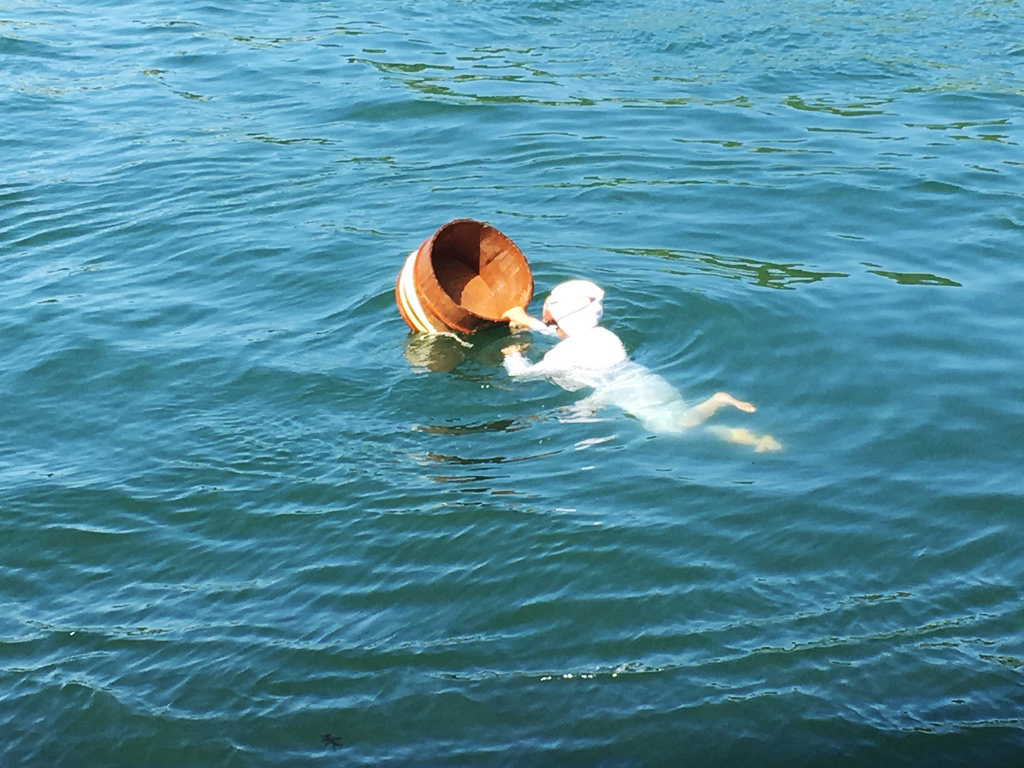
So, whether you’re a history buff or simply seeking an unforgettable experience, dive into the world of Ama culture and create lasting memories along the way!
Japan Wonder Travel Tours
Japan Wonder Travel is a travel agency that offers guided tours throughout Japan.
From private walking tours to delicious Food and Drink tours, we can help you organize the best tours just for you! If you want to explore Japan and learn more about the history and backstories of each area you are visiting, our knowledgeable and friendly English speaking guides will happily take you to the best spots!
In addition, we can provide you with any assistance you may need for your upcoming trip to Japan, so please feel free to contact us if you have any questions or need some help!
▶Tokyo Tsukiji Fish Market Food and Drink Tour
Explore the most lively and popular fish market in Tokyo and try some of the local’s favorite street foods and sake with one of our friendly and knowledgeable English speaking guides!

▶Tokyo 1–Day Highlights Private Walking Tour (8 Hours)
There’s no better way to explore an area than taking a tour with a knowledgeable local guide. You will have the chance to learn about the history and interesting background stories of Tokyo, as well as discover some hidden gems which can be hard to do without a guide.
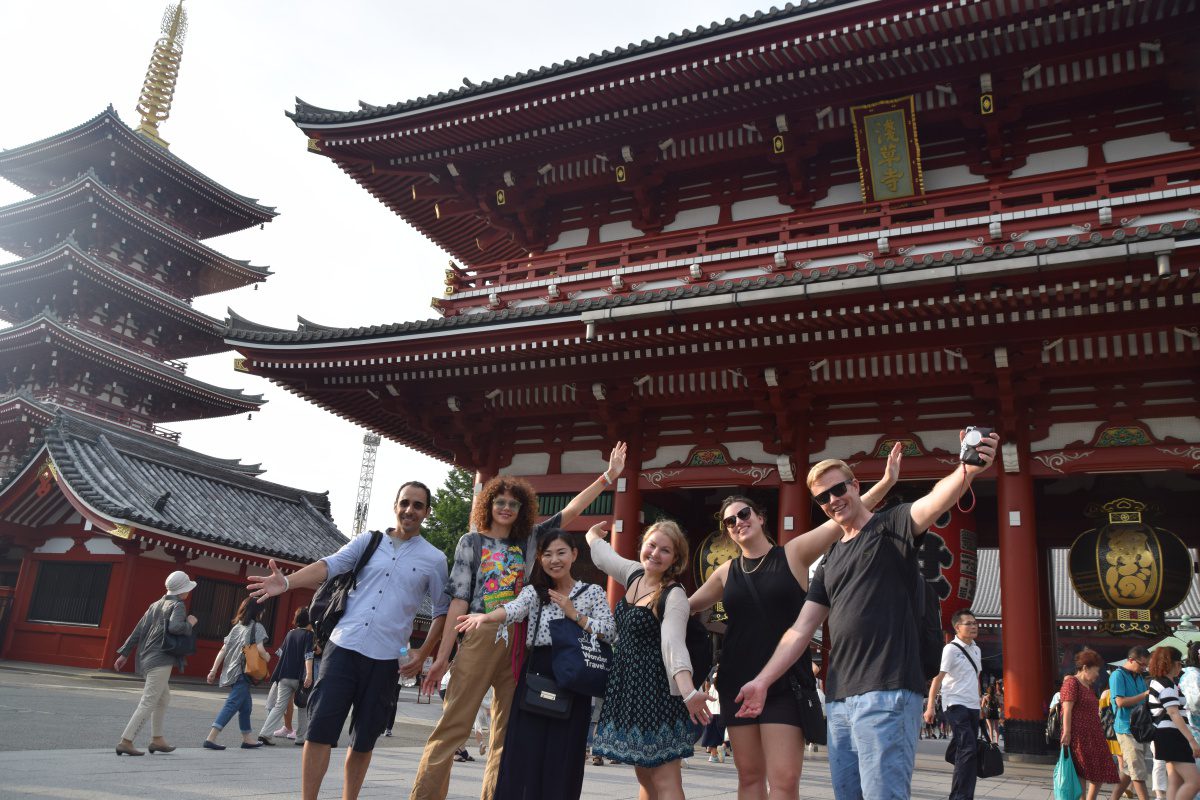
▶Mt. Fuji Day Trip Bus Tour from Tokyo
Experience the breathtaking views of Mt. Fuji by visiting the highlights of the area on our guided sightseeing bus tour! Departing from Shinjuku in central Tokyo, you can travel comfortably to all of the best spots in the area by bus.
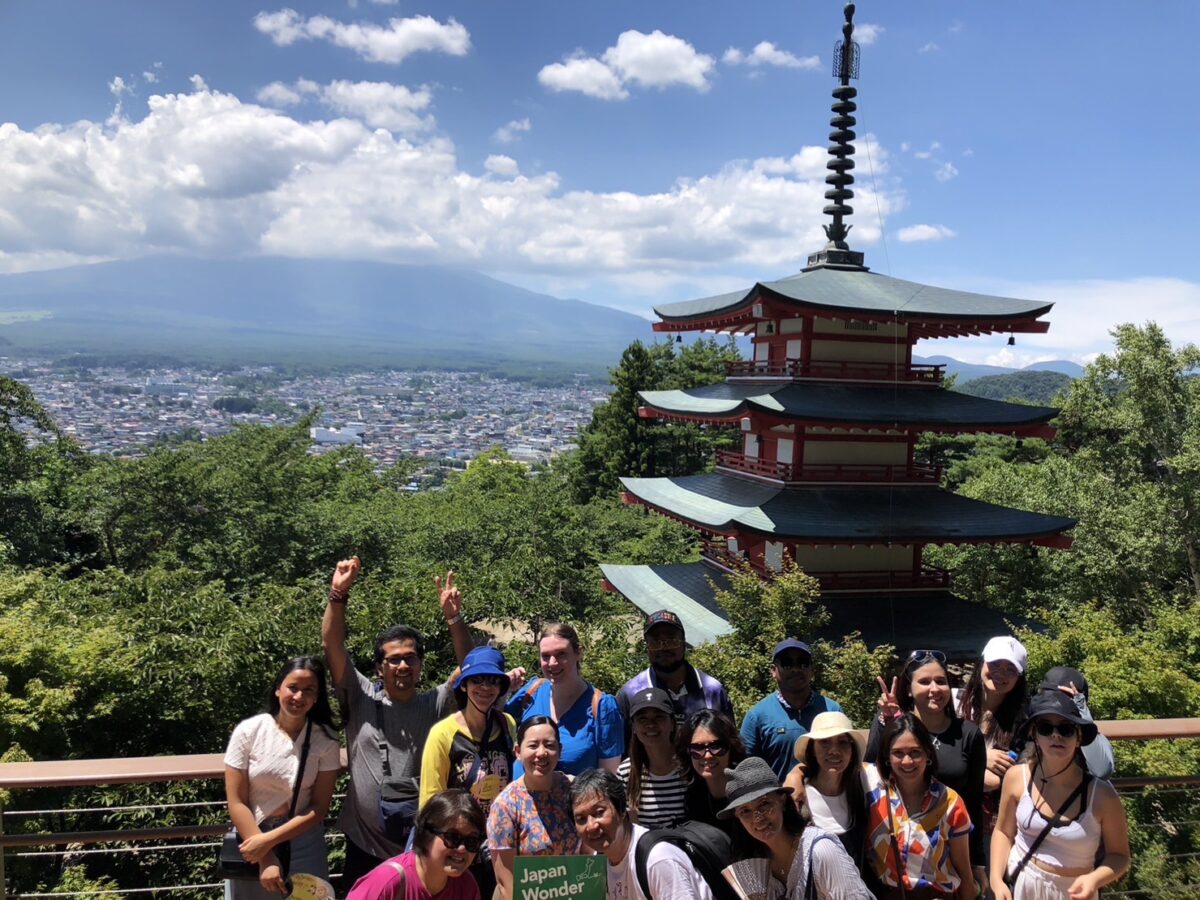
▶Kyoto Private Full Day Walking Tour
On this full-day private tour of Kyoto, you will be able to see the highlights of Kyoto in just one day and at the same time develop a deeper understanding of both the culture of the area and Japan as a whole.
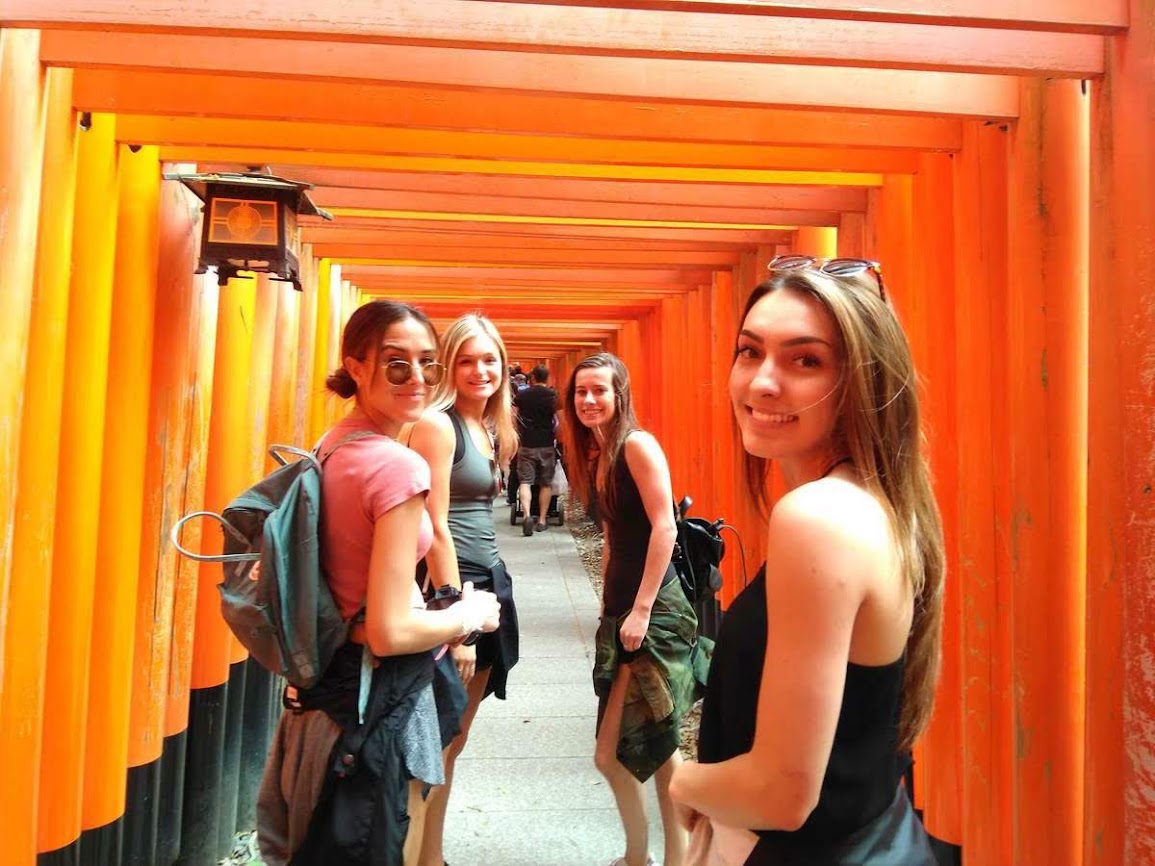
Follow us on Instagram, Facebook, Twitter, and TikTok for more travel inspiration. Or tag us to get featured!
Happy traveling!



